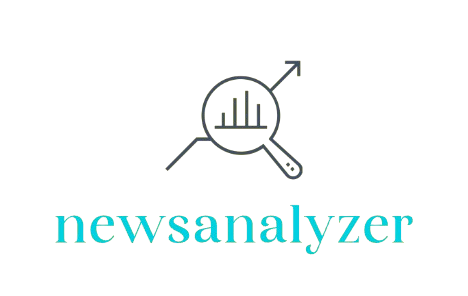Companies of today face increasing pressure to innovate, cut costs, and deliver high-quality products and services faster than ever before. Studies show that 79% of businesses believe operational efficiency is crucial to their competitive advantage, and organizations that adopt digital tools are 23% more likely to outperform their competitors. As maintenance becomes a key factor in operational reliability, Computerized Maintenance Management Systems (CMMS) have emerged as vital technology for modern businesses seeking to stay ahead.
By automating and streamlining maintenance operations, CMMS technology enables businesses to enhance productivity, minimize downtime, and make smarter decisions—critical components in securing a lasting competitive edge.
Driving Operational Efficiency
A core benefit of CMMS technology is the significant boost it provides to operational efficiency. Traditional maintenance processes, often reliant on paper records or spreadsheets, are prone to errors, delays, and miscommunication. CMMS platforms digitize and centralize maintenance data, allowing teams to manage work orders, track assets, and schedule preventive maintenance from a single, easy-to-use interface. Solutions like eWorkOrders CMMS are designed to simplify these processes, providing intuitive tools that enhance productivity and reduce administrative burdens.

By automating routine tasks such as work order assignments and inventory tracking, businesses can reduce manual administrative burdens. This frees up technicians to focus on actual repairs and upkeep, leading to faster turnaround times and higher productivity. Moreover, maintenance managers gain real-time visibility into ongoing work and resource allocation, helping them prioritize critical issues promptly.
Reducing Downtime and Repair Costs
Unplanned equipment failures can cause costly production stoppages, missed deadlines, and lost revenue. CMMS software helps businesses shift from reactive to proactive maintenance by enabling the creation and management of preventive maintenance schedules. Maintenance activities can be automatically triggered based on time intervals, usage metrics, or sensor data, ensuring assets are serviced before issues escalate.
This proactive approach reduces unexpected breakdowns, extends equipment lifespan, and lowers repair expenses. Businesses that implement CMMS-driven maintenance programs often report significant reductions in downtime, leading to smoother operations and improved customer satisfaction. In industries where uptime is critical—such as manufacturing, healthcare, and utilities—this advantage can be a game changer.
Enhancing Data-Driven Decision Making
Modern businesses thrive on data, and CMMS platforms generate a wealth of actionable insights. From detailed asset histories and labor costs to parts usage and maintenance trends, this information empowers managers to make informed decisions about resource allocation, budgeting, and process improvements.
Customizable reporting and analytics tools allow organizations to identify bottlenecks, forecast maintenance needs, and evaluate vendor performance. These data-driven insights support strategic planning and continuous improvement initiatives, helping businesses stay agile in dynamic markets.
Supporting Regulatory Compliance and Safety
Compliance with industry regulations and safety standards is a critical concern across many sectors. CMMS technology simplifies compliance management by providing thorough documentation of maintenance activities, inspections, and repairs. Automated reminders and audit trails ensure that necessary checks and certifications are never overlooked.
By maintaining assets in optimal condition and documenting all maintenance work, businesses reduce the risk of safety incidents, fines, or shutdowns. This proactive compliance not only protects employees and customers but also preserves brand reputation—an increasingly important factor in competitive markets.
Facilitating Collaboration and Communication
Effective communication is essential for smooth maintenance operations, especially in organizations with multiple sites or large field teams. CMMS solutions provide centralized platforms where maintenance staff, managers, and external vendors can collaborate seamlessly.
Work orders, updates, and notes are shared in real time, reducing miscommunication and enabling quicker responses to emerging issues. Mobile access further empowers technicians to receive assignments, check asset details, and report job status from anywhere, boosting responsiveness and accountability.
Scaling with Business Growth
As businesses expand, managing maintenance across multiple locations and growing asset inventories can become increasingly complex. Cloud-based CMMS platforms offer scalable solutions that grow with the organization. New users, sites, and equipment can be added without the need for costly hardware or IT infrastructure upgrades.
This scalability enables businesses to maintain consistent maintenance standards, improve data consolidation, and streamline processes regardless of size or geography. The ability to adapt quickly to growth challenges provides a strategic advantage in competitive industries.
CMMS technology offers modern businesses a distinct competitive advantage. By driving efficiency, reducing downtime, enabling data-driven decisions, supporting compliance, and enhancing collaboration, CMMS platforms help organizations optimize their maintenance functions and protect valuable assets.
Companies that adopt and fully leverage CMMS technology are better positioned to respond to market demands, improve customer satisfaction, and sustain long-term growth. For businesses looking to stay ahead, investing in a robust CMMS system is no longer optional—it’s essential.

